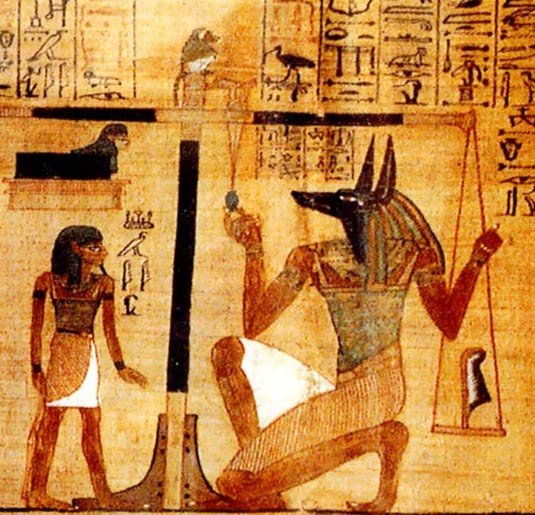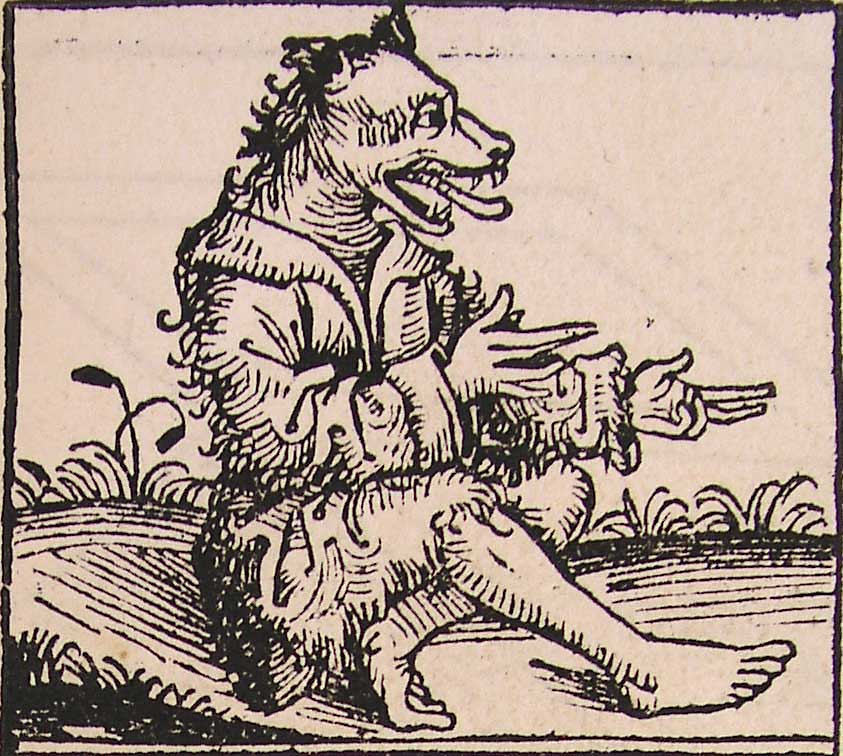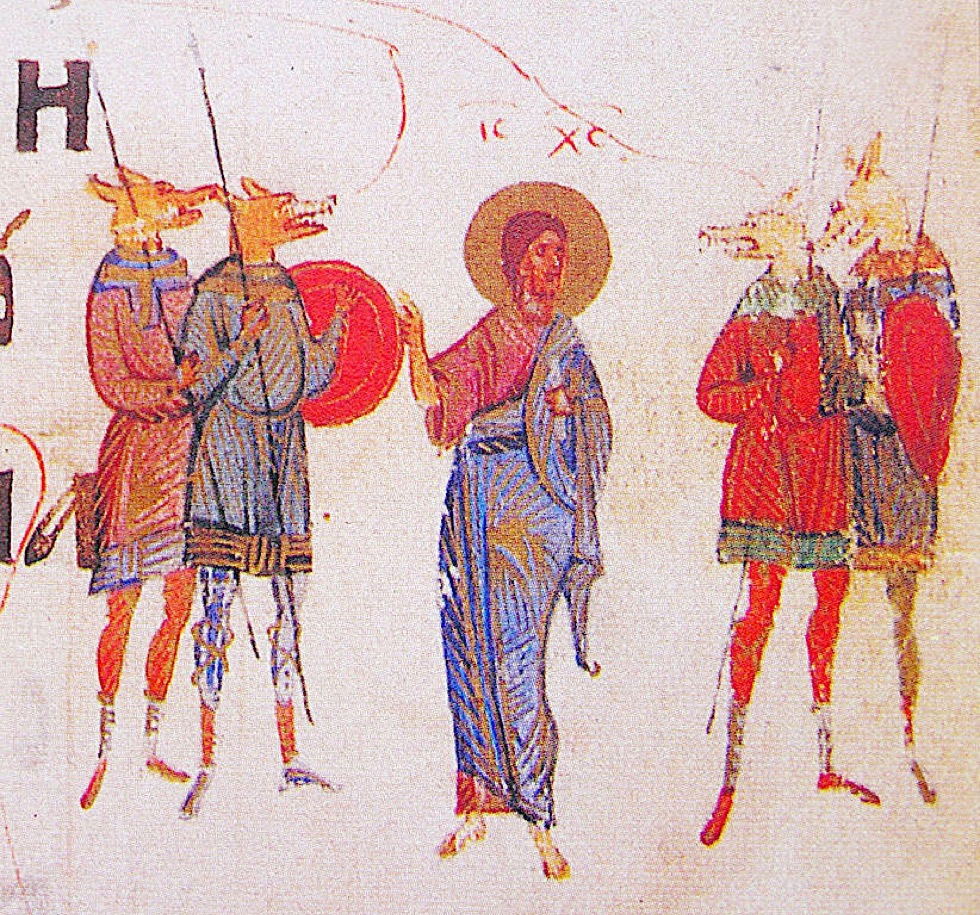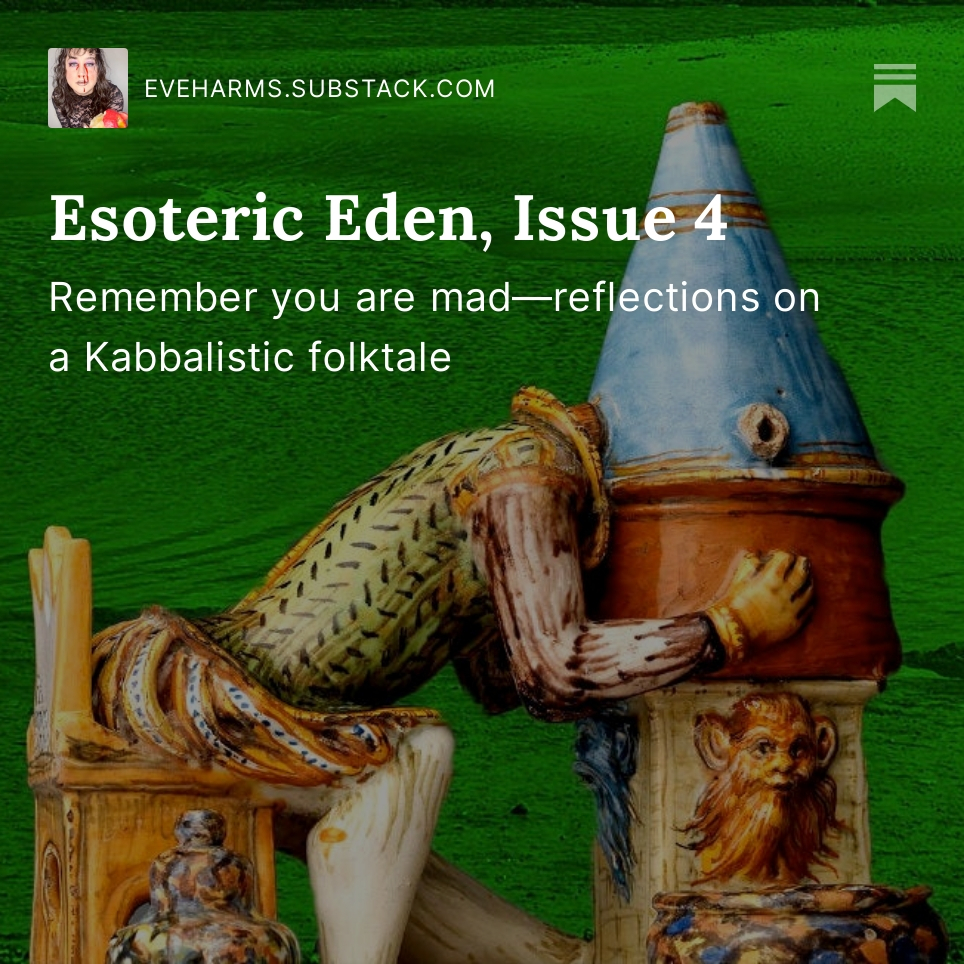
My latest newsletter is live. It features my retelling of a Kabbalistic folktale and personal reflections around it. Please give it a read!


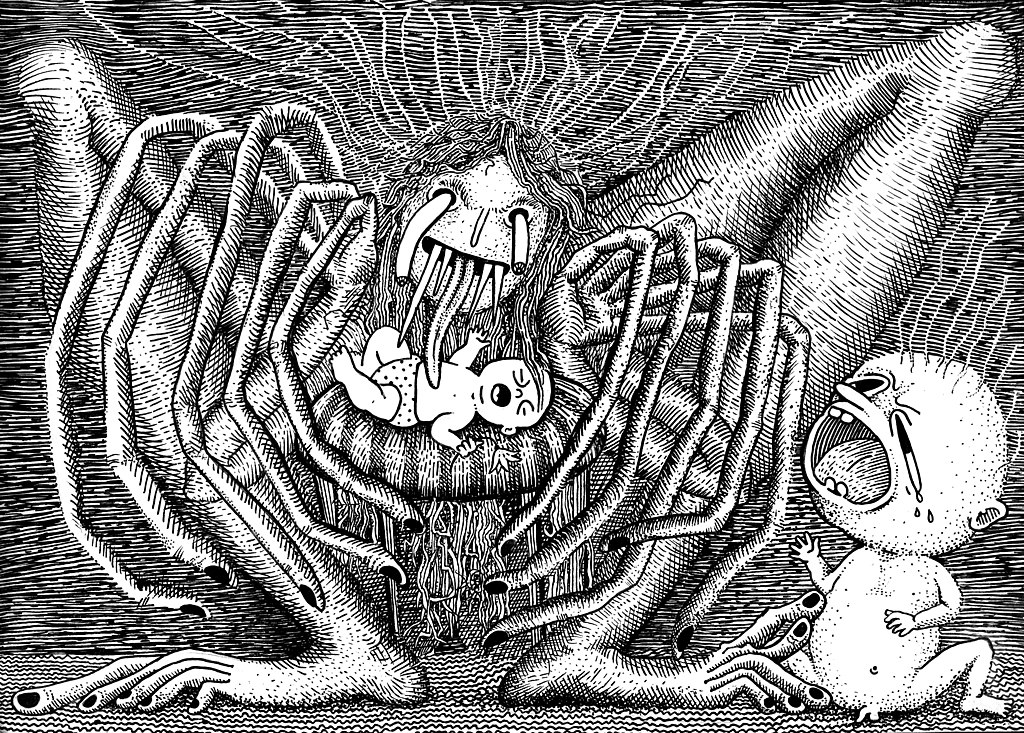
Boginki are minor deities in Slavic folklore that personify nature. They appear in many different forms and dwell in swamps, lakes, rivers, forests and mountains. They’re sometimes hostile and attack women during childbirth, switch babies with changelings and destroy fishing nets. Depending on the region, Boginki were thought to previously be women who committed suicide or died in childbirth. The babies taken by them and replaced with changelings could also be turned into Boginki. Images: Maria Apoleika, 1874

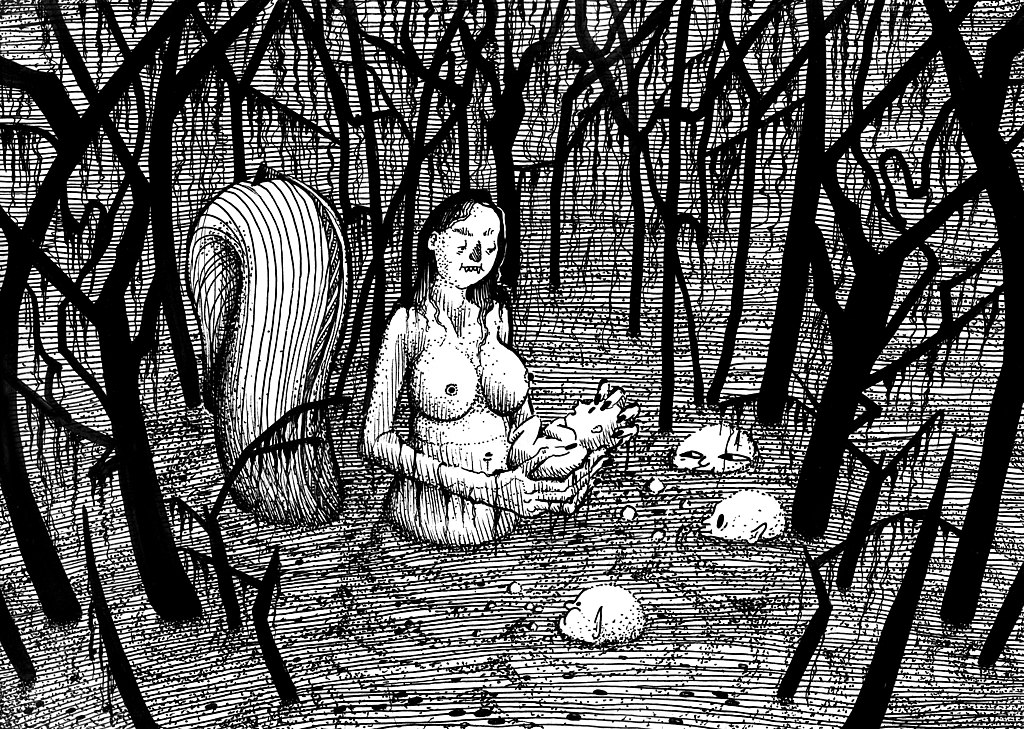
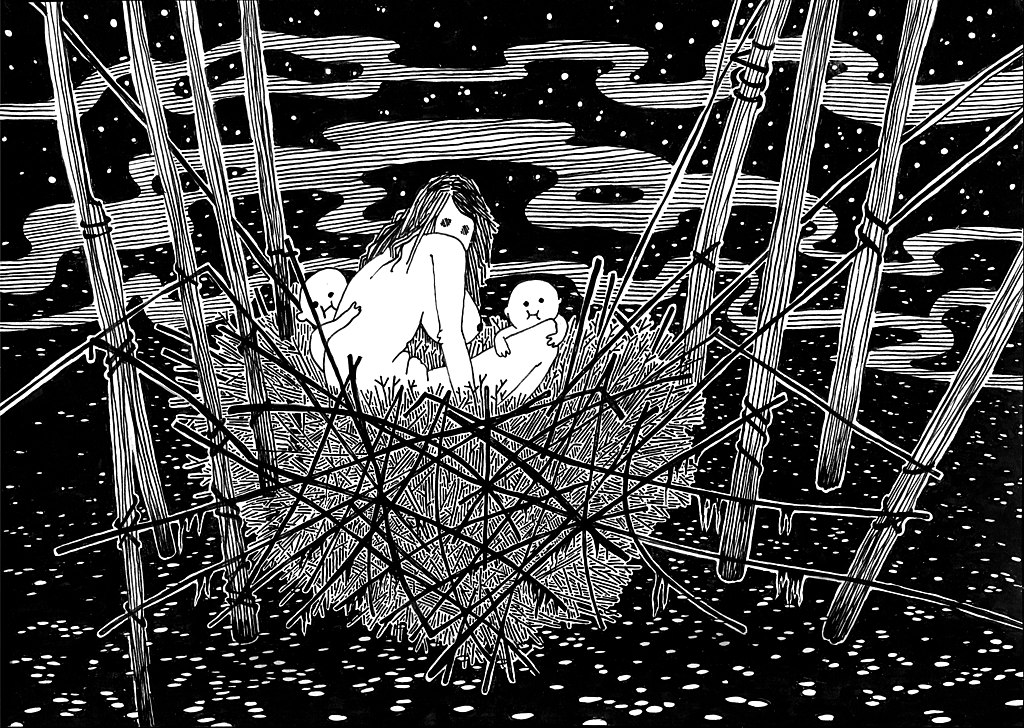
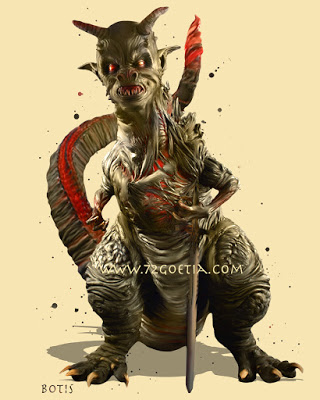
Botis (or Otis) is a demonic earl, president and one of the Spirits of Solomon. He appears as a viper with a sword, and can be commanded to take human form—but he’ll retain some of his demonic features if he does. He’s good for reconciling friends or enemies & answering questions. Image: 72goetia.com

A Mngwa or Nunda is massive legendary cat of Tanzanian folklore that’s fiercer than a lion and more agile than a leopard. The Mngwa is said to be human during the day, and turns into a ferocious beast at nightfall with grey, striped fur. Image: mngamojemo

Decarabia is 69th of the 72 Spirits of Solomon. He has an unusual appearance for a demon: he’s described as manifesting as a star and/or pentagram, before taking human form. He has power over birds and can give them as familiars, and imparts knowledge of herbs. Image: 72goetia.com
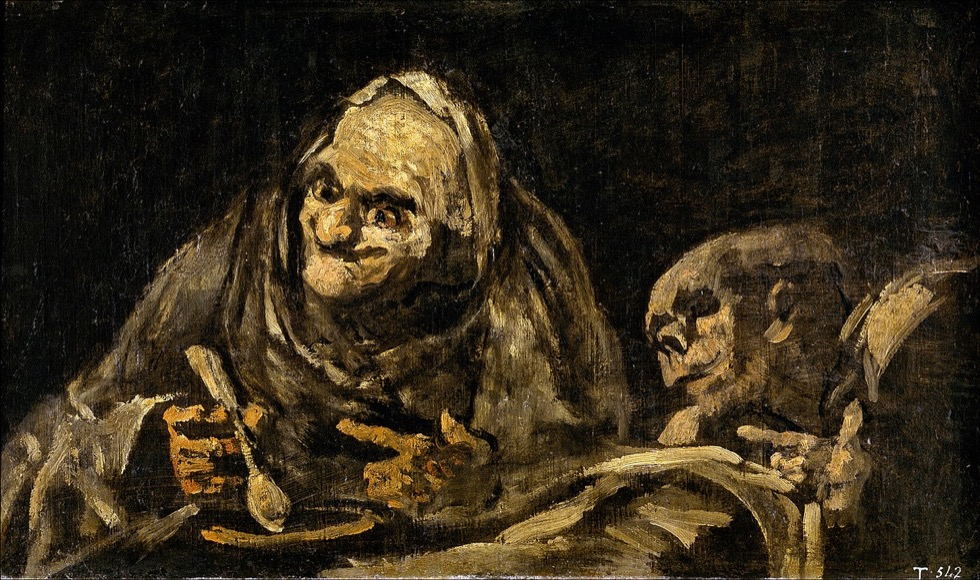
In Welsh culture, professional sin-eaters attended funerals to ritualistically eat a meal over the corpse to absorb the deceased’s sins. Every sin stayed with them until their own death, and they were often social outcasts because of the spiritual uncleanliness they accumulated. One has to wonder if sin-eaters would eat the sins of other sin-eaters, passing the spiritual debt down for generations. Image: Two Old Ones Eating Soup, Francisco Goya, 1819
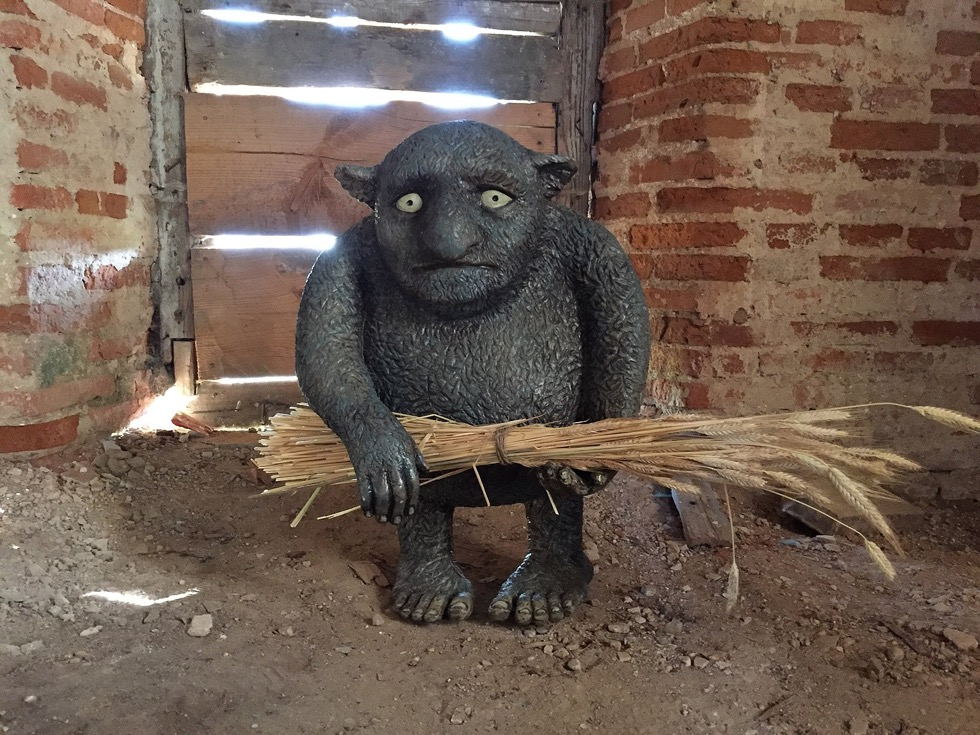
The Ovinnik is an evil spirit of the barn from Slavic folklore. He may set fire to your grain and burn down your barn unless you placate him with roosters and pancakes (bliny). A warm touch from an Ovinnik on New Years Eve is auspicious for the year ahead, but a cold touch portends misery. Photo: Natalie.sk. Sculpture: Anton Shipitsa
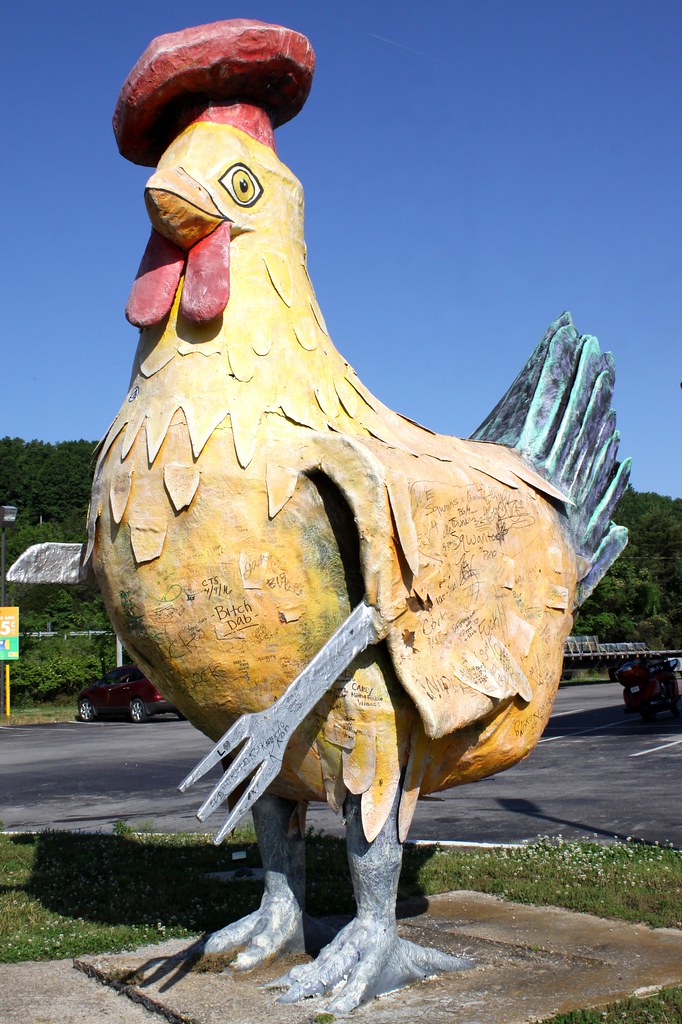
A superstition of the American South: the first person who walks into your house on New Year’s Day will be like your chickens that year. If fat, the chickens will be fat, and vice versa. From North Carolina Folklore Journal, July 1966 Issue. Image: Brent Moore via Flickr CC-BY-NC

Uwan is a yokai who loudly says its own name (like a pokemon) with a disembodied voice, causing people to lose sleep. Teeth blackening was popular among noblemen and the warrior class in medieval Japan, so his black teeth may signify that he was originally one of them. From: Bakemono No E, 18th century
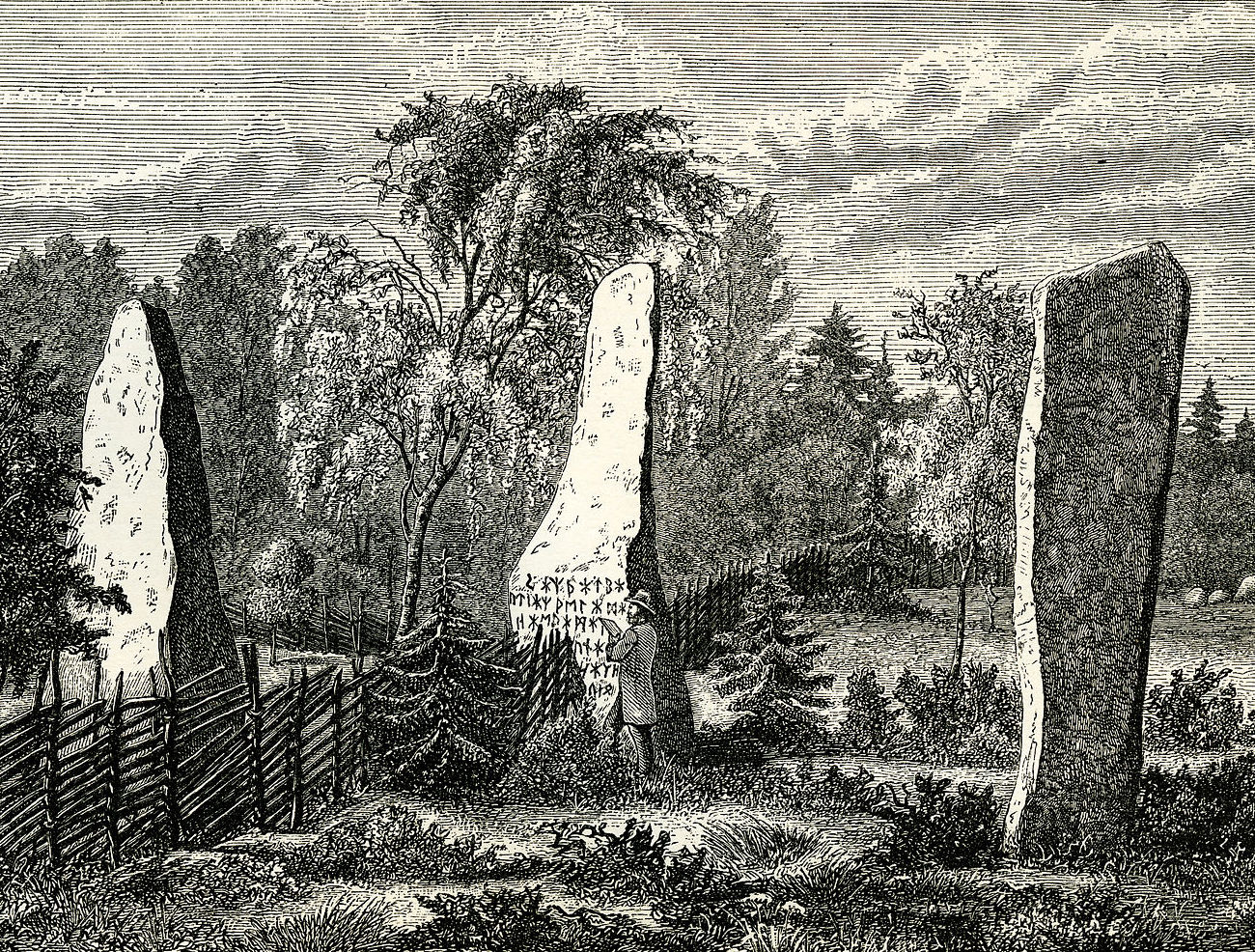
The Björketorp runestone in Sweden is famous for being among the tallest in the world—and the ancient curse inscribed on it. The monument’s purpose is unknown, but the curse is clear: destroy the stone and be doomed, like the farmer who was burned alive trying to remove it. Image: Sveriges Montelius, 1877

Cynocephaly or “having the head of a dog” is a characteristic found in many mythological and folklore traditions across the world, such as ancient Egypt, India, Greece, and China. These humanoid, dog-headed beings were often described by travelers coming back from far off lands. Images: Saint Christopher by Anonymous, 17th Century | The Egyptian Book of the Dead, 1550 BCE | Kievan Psalter by Unknown, 1397 | Man with dog head by Hartmann Schedel, 1493.

